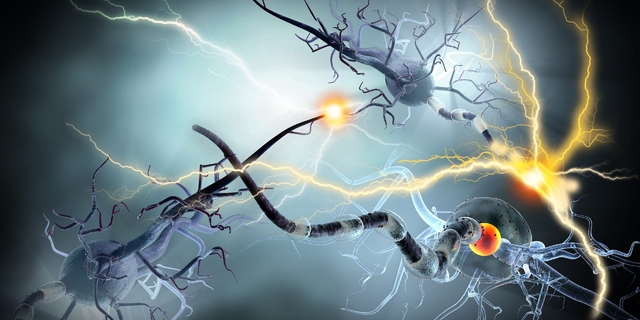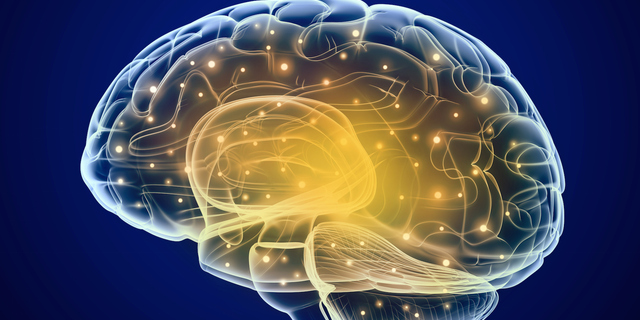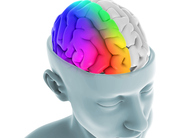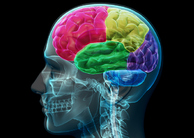NeuroscienceAre Isochronic Tones Effective? The Impact of Isochronic Tones on Brainwave Entrainment and StressDavid Moniz-Lewis - Isochronic tones are a hypothesized auditory brainwave entrainment technique in which a single tone is played at regular beat intervals. Brainwave entrainment, also referred to as neural synchronization, is a phenomenon by which external stimuli influence neural oscillations... Keep Reading »
Genetics, Pathology, & Potential Future Advances in the Study of Huntington's DiseaseMatthew D. Rose - Huntington’s disease is a progressive neurodegenerative disorder that affects around five people in every 100,000. It is caused by an increase in a polyglutamine region of the Huntingtin protein, resulting in a toxic gain of function mutation. However, the exact... Keep Reading »
Assessing the Impact of Adverse Childhood Experiences on Brain DevelopmentStephen J. D'Orazio - In this paper, I review the course of brain development during childhood and adolescence and examine how early adverse experiences affect structural changes in the neural correlates of higher-order cognitive abilities. I also discuss the therapeutic potential for early... Keep Reading »
How the Electrical Activity and Synaptogenesis of Neurons Contribute to the Efficacy of Neurofeedback TherapySabrina Perry - Neurofeedback Therapy (NFT) is a type of biofeedback therapy specifically targeting the brain and nervous system. According to the Mayo Clinic, biofeedback is defined as a technique one can use to learn to control the body’s functions, done usually by connecting... Keep Reading »
Increases in the Prevalence of Autism Disorder: Exploring Biological and Socio-Environmental FactorsAmrita N. Singh - Autism is a complex neuro-developmental disorder causing deficits in social interaction and language development at an early age. The severity is based on the level of impaired social communication and restricted, repetitive behaviors. The average prevalence of autism... Keep Reading »
All Neuroscience Articles (by date) |

























